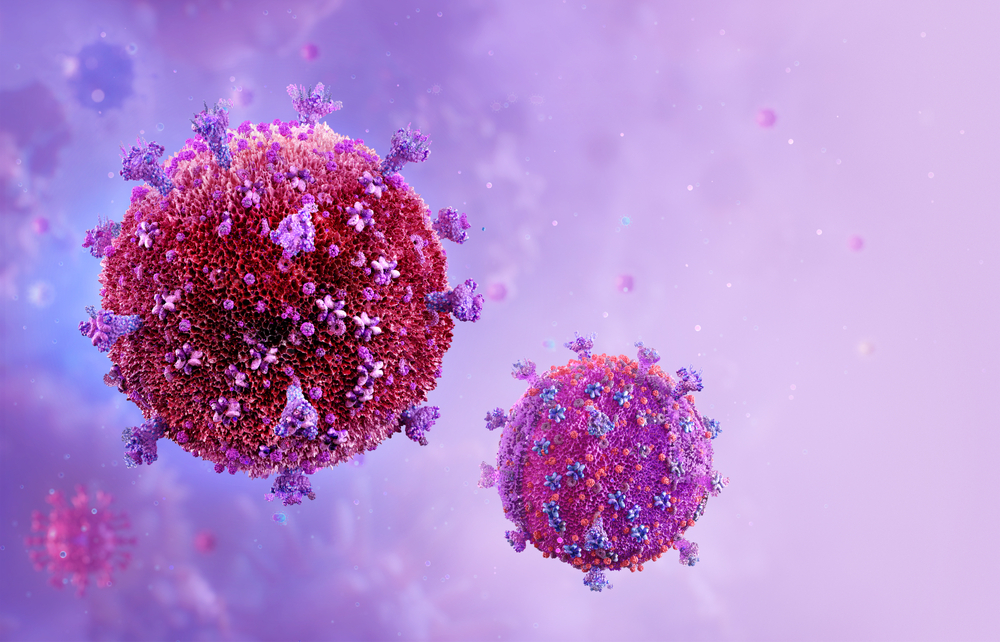The Prevalence of Human Immunodeficiency Virus in Central America
Central America is a small region with a total population of approximately 38 million and is located between Mexico and Colombia. Like many other regions of the Third World, Central America suffers from deep poverty, leading to several problems such as a weak public health system, increased levels of crime, and gross violation of human rights. As a result, countries in this region still struggle to control pandemic diseases, such as HIV. In this respect, HIV continues to be one of the diseases with the biggest impact on the population. Such that AIDS, which is derived from HIV, is one of the ten most frequent causes of death in Guatemala, Panama and Honduras 1.
On this matter, recent data on the incidence of HIV provided by UNAIDS (2021) shows its prevalence in Central American countries. For example, the statistics of HIV cases per 1000 inhabitants is reported as follows: Nicaragua 0.11, Guatemala 0.10, Honduras 0.08, Panama 0.10, Costa Rica 0.34, and El Salvador 0.13. Additionally, it is noteworthy that the magnitudes of these data are similar to those obtained for other Latin American countries such as Cuba 0.18, Brazil 0.23, Argentina 0.15 and Ecuador 0.12; which suggests that it could be linked to cultural aspects, common social and economic circumstances that affect the efforts to control this pandemic in Latin America.
Accordingly, all the values shown above are significantly higher compared to those observed in developed countries such as Australia 0.03, Denmark 0.03, Iceland 0.04, and Singapore less than 0.01. This further support the idea that HIV prevalence in Central America is strongly related to social and economic circumstances that are comparable to Latin America.
Solutions to win the fight against HIV in Central America
In this brief article, a deeper look at HIV in Central America can be made by analyzing at least two main challenges that the region must face to win the battle against this disease which are:
- Work focused on key populations.
- Access to medicines antiretroviral including early diagnosis of HIV.
Like other pandemics, HIV in Central America is concentrated in high-risk populations, which typically include: homosexuals, men who have sex with men (which has a significant impact in Costa Rica), sex workers, and persons deprived of liberty. However, another key group occurs in the black population of the north coast of Honduras, identified as the Garifuna ethnic group, in whom there is a high prevalence of HIV 2.
In addition to the aforementioned groups, Central America is a unique region with a significant risk population from migrants. It is a mandatory route for many who come from different parts of the world and seek to achieve the “American dream” in the United States. These migrants usually do not have access to public health services in transit countries, which makes them more likely to come in contact with it and other diseases. In this regard, it accurately indicates that all the aforementioned groups must be the core focus of the efforts made to control the pandemic since they represented 92% of new HIV infections in 2020 in Central America.
This fact also indicates that the HIV transmission control programs carried out in this region are not closing the remaining gaps of these groups at higher risk. In this regard, UNAIDS indicates that the strongest factor to decrease the incidence of HIV lies mainly in prevention. Therefore, sex education should play an active and crucial role in promoting the prevention of HIV.
People must have complete access to condoms and must be educated about other forms of prevention that have emerged more recently; for example, PREP (also known as Truvada), which unfortunately is not yet available in most Central American countries. In addition to these actions, tolerance and acceptance by society towards key groups must be encouraged through awareness to eliminate the stigma associated with having HIV. The common consequence of people living with the virus after diagnosis is losing their jobs.
As a complement to the work in focused groups, an early diagnosis of HIV should be ensured. This is critical given that 15 out of 100 3 people living with HIV in this region are known to be unaware that they have the disease. In this direction, the health surveillance systems in Central American countries usually present serious deficiencies in terms of coverage of antiretroviral drugs and diagnosis of this infection at an early stage. Therefore, up to 70% of cases are detected until symptoms appear.
This can be improved by promoting health campaigns for crucial groups that can identify HIV-positive cases early. Through support by external institutions and international organizations, the governments of the Central American countries have managed to follow the global trend of applying free antiretroviral drugs for the treatment of this disease; so that 73% of their population living with HIV is medicated with the medications and the mortality due to AIDS has declined by 21%.
Still, despite these encouraging numbers, a significant part of the antiretroviral that is delivered to patients is distributed through integral care centers located in the main cities of each country, which eventually limits their access to people living in remote areas. This problem could result from the limited availability of funds for this type of program in these countries. Therefore, programs for key populations must be promoted more by the governments of each country instead of relying almost completely on donor funds.
Written by: Jose Moises Sanchez-Amaya








Comments (0)